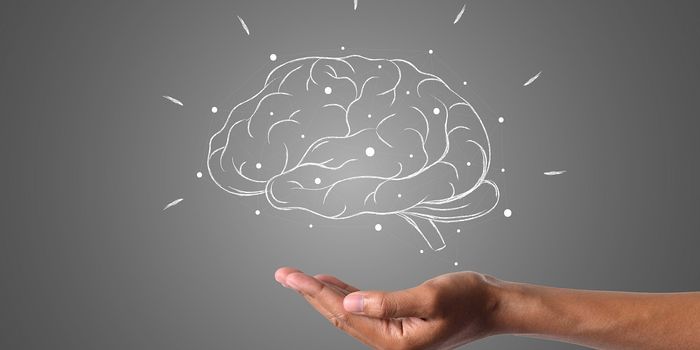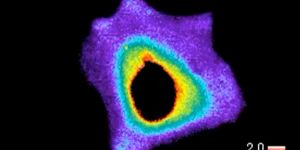Just Breathe...And Improve Your Memory
When there are stressful situations, the common advice to “just breathe.” As it turns out, that advice is spot on and could help the brain process fearful situation more efficiently as well as remember things better, depending on how they breathe. Researchers at Northwestern University Feinberg School of Medicine are the first ones to have discovered that the rate and rhythm of breathing impacts the electrical activity in the brain. The impacts were most strongly felt in the areas of making emotional decisions and memory recall. It’s more than “just breathe” however. It depends on whether the breath is being inhaled or exhaled and it depends on if it’s through the mouth or the nose.
Study participants were fitted with facial masks to track and record breathing. They then had to look at faces and ascertain the emotion in those faces and they had to look at objects and then recall them later. When shown a face that had a fearful expression, identifying that expression happened faster if they were inhaling through the nose. Memory was improved as well. Objects that were shown to volunteers had a better chance of being recalled accurately if they were shown while the volunteer was inhaling versus exhaling, again, through the nose. These two improved effects were not replicated with a volunteer was breathing through the mouth.
Lead author Christina Zelano, assistant professor of neurology at Northwestern stated in a press release, “One of the major findings in this study is that there is a dramatic difference in brain activity in the amygdala and hippocampus during inhalation compared with exhalation. When you breathe in, we discovered you are stimulating neurons in the olfactory cortex, amygdala and hippocampus, all across the limbic system.”
So how does such a question come up? Why would scientists want to know whether breathing in or out impacted memory and emotion? It was a bit of accidental finding. The differences in brain activity were first seen in another study involving epileptic patients who were scheduled to have electrodes implanted in their brains in hopes of locating the origin of seizure activity as well as to collected data directly from the brain on electric activity. When analyzing the data from the implants, visible fluctuations occurred in the electrical synapses of the brain that correlated to breathing patterns. These changes in electrical firing were in areas of the brain that processed memory, smells and emotions. That data then had scientists asking further questions about how cognitive functions that also happen in these areas, specifically fear and memory recall, might be impacted by breathing patterns.
The amygdala is pretty much emotion central command in the brain, particularly when it comes to the feeling of fear or anxiety. The team at Northwestern recruited 60 subjects and asked them to make decide as quickly as they could, a person’s emotional feeling based on their facial expression. The participants did this while hooked up to monitors, which recorded their breathing.
It was a timed experiment and subjects were told to make a decision as fast as they possibly could. When subjects were inhaling, the rate of recognizing the the emotion of fear went up when compared to when exhaling. The same increased speed of recognition did not happen when subjects were shown pictures of people showing the emotion of surprise and no increase in either form of recognition was found when subjects were mouth-breathing
When the team moved on to memory testing, where it’s the hippocampus that is large and in charge, recall was better if the subject had viewed an object while inhaling through the nose.
Zelano explained, “If you are in a panic state, your breathing rhythm becomes faster. As a result you’ll spend proportionally more time inhaling than when in a calm state. Thus, our body’s innate response to fear with faster breathing could have a positive impact on brain function and result in faster response times to dangerous stimuli in the environment.” The team also felt that increased respiration aided in “synchronizing brain oscillations across the limbic network.”
The study was published December 6 in the Journal of Neuroscience. Take a look at the video below to see how the study worked and what the findings could mean going forward.
Sources Northwestern, Time, Journal of Neuroscience









